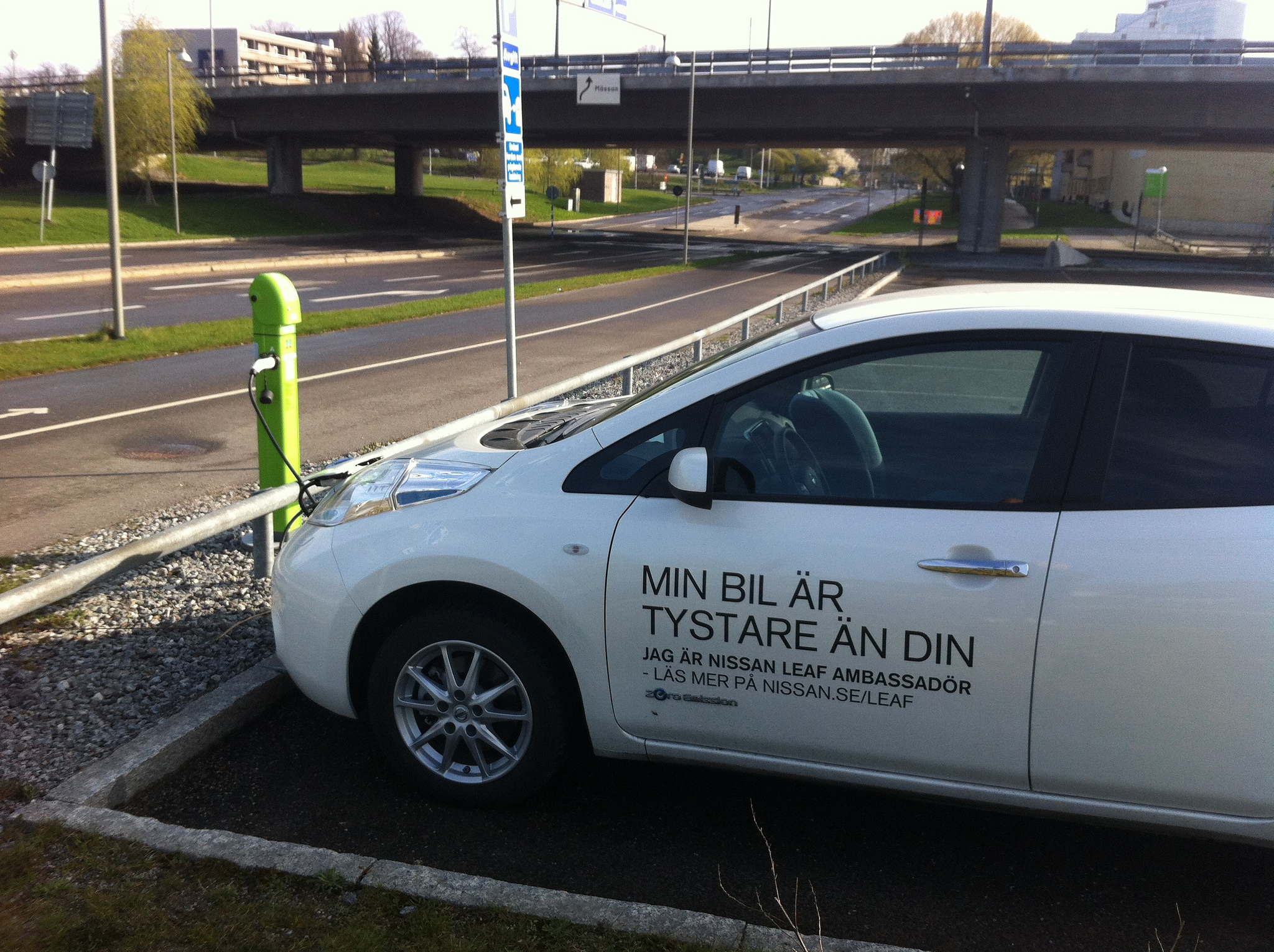
For the County of Stockholm (1 million cars), we calculate the cumulative socio-economic result of a gradual transition to a battery-electric fleet of passenger cars, over the period 2020-2040. Included in the analysis are the direct and indirect costs to deploy necessary charging infrastructure, and the value generated from lowered emissions and operational costs of vehicles. Necessary charging infrastructure investments are derived from a network model of mobility in the city, that ensures sufficient infrastructure to power all passenger cars. The most important conclusions are that cities should prioritize speed of transition rather than cost minimization to maximize cumulative return on investment, due to substantial cumulative cost savings from electrification, and that current undertaxation of fossil greenhouse gas emissions greatly reduces profit margins for private investments contributing to vehicle electrification. We estimate that a total cumulative infrastructure investment of 13 billion SEK can lead to electrification of 90% of the traffic work by passenger cars in Stockholm county by 2030. This would reduce cumulative system costs by 100 billion SEK from 2020 to 2030, with a return on infrastructure investment of 750%. Approximately 50% of this value is from externalized CO2 emission costs.
